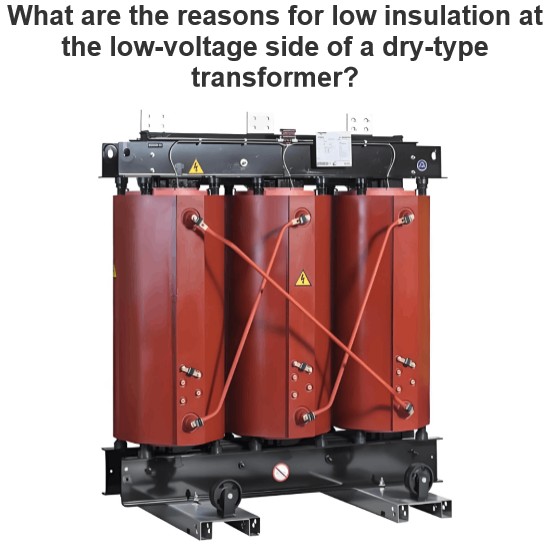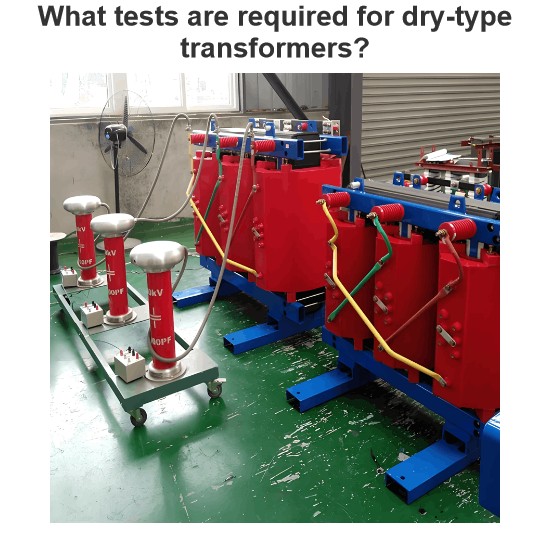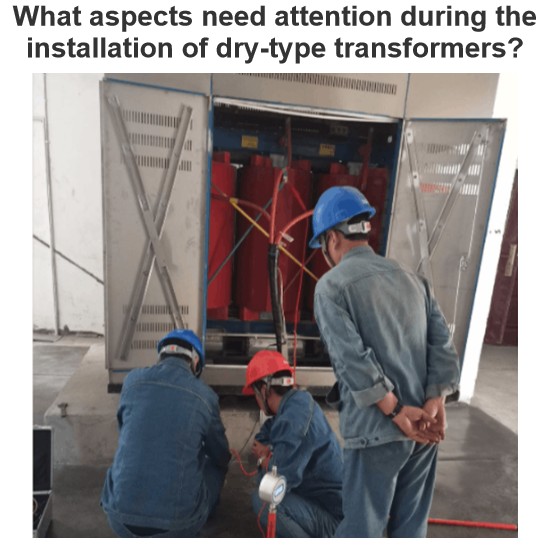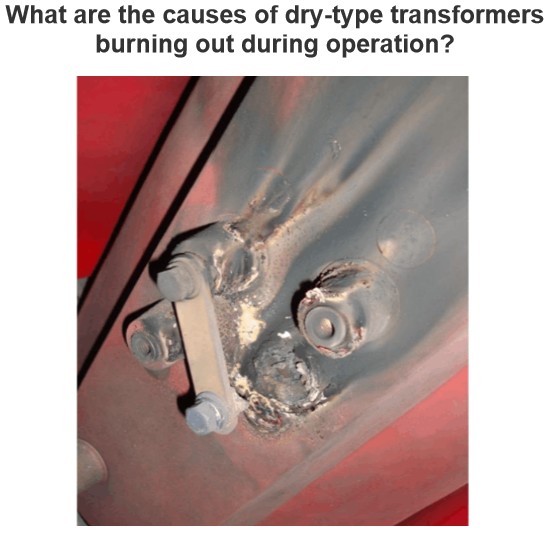Why are copper losses typically lower than iron losses in an ideal transformer?
The copper loss and iron loss in an ideal transformer
In the theoretical model of an ideal transformer, we assume that there are no losses, which means both copper loss and iron loss are zero. However, if we consider an ideal transformer from a more realistic perspective, we can argue that its copper loss and iron loss should theoretically be very low. Specifically, the copper loss of an ideal transformer is usually considered lower than its iron loss, mainly due to several reasons:
Definition of Copper Loss: Copper loss is the energy loss that occurs due to the resistance of transformer windings (typically copper conductors) when current flows through them. According to Joule's Law, heat is generated, and this portion of energy loss is referred to as copper loss.
Definition of Iron Loss: Iron loss consists of eddy current loss and hysteresis loss generated by the transformer iron core in an alternating magnetic field. Even under ideal conditions, these losses still exist due to the inherent characteristics of the iron core material.
Ideal Performance: In an ideal transformer, the winding resistance can be considered infinitely small, resulting in negligible copper loss. However, iron loss still exists as it is related to the properties of the core material and the action of the alternating magnetic field, which cannot be completely eliminated, even in an ideal scenario.
Copper and Iron Losses in Actual Transformers
In practical transformers, the situation is different. While we can minimize losses by using high-quality materials and advanced designs, copper losses and iron losses are inevitable. Here are some characteristics of copper and iron losses in actual transformers:
The Actual Impact of Copper Loss: In practical transformers, copper loss is caused by the resistance of windings and is directly proportional to the square of the current. This means that as load increases and current rises, copper loss also significantly increases.
Actual Impact of Iron Losses: The actual iron losses in transformers include eddy current losses and hysteresis losses. Eddy current losses are caused by the production of eddy currents in the iron core due to the alternating magnetic field, while hysteresis losses result from the energy loss in the iron core material during the repeated magnetization and demagnetization process.
Comparing Copper Loss and Iron Loss: In practical transformers, the specific values of copper loss and iron loss depend on various factors, including transformer design, load conditions, operating frequency, etc. In some cases, copper loss may exceed iron loss, while in other situations, iron loss may be greater. Typically, for transformers under light load or no-load conditions, iron loss may prevail, whereas for transformers under heavy load conditions, copper loss may be more significant.
Conclusion
In summary, the copper loss in an ideal transformer is typically lower than the iron loss, as the copper loss can theoretically approach zero, while the iron loss cannot be completely eliminated due to the properties of the iron core material. In practical transformers, both copper and iron losses exist, and their specific values depend on various factors. The importance of copper and iron losses may vary under different operating conditions.
The Electricity Encyclopedia is dedicated to accelerating the dissemination and application of electricity knowledge and adding impetus to the development and innovation of the electricity industry.













